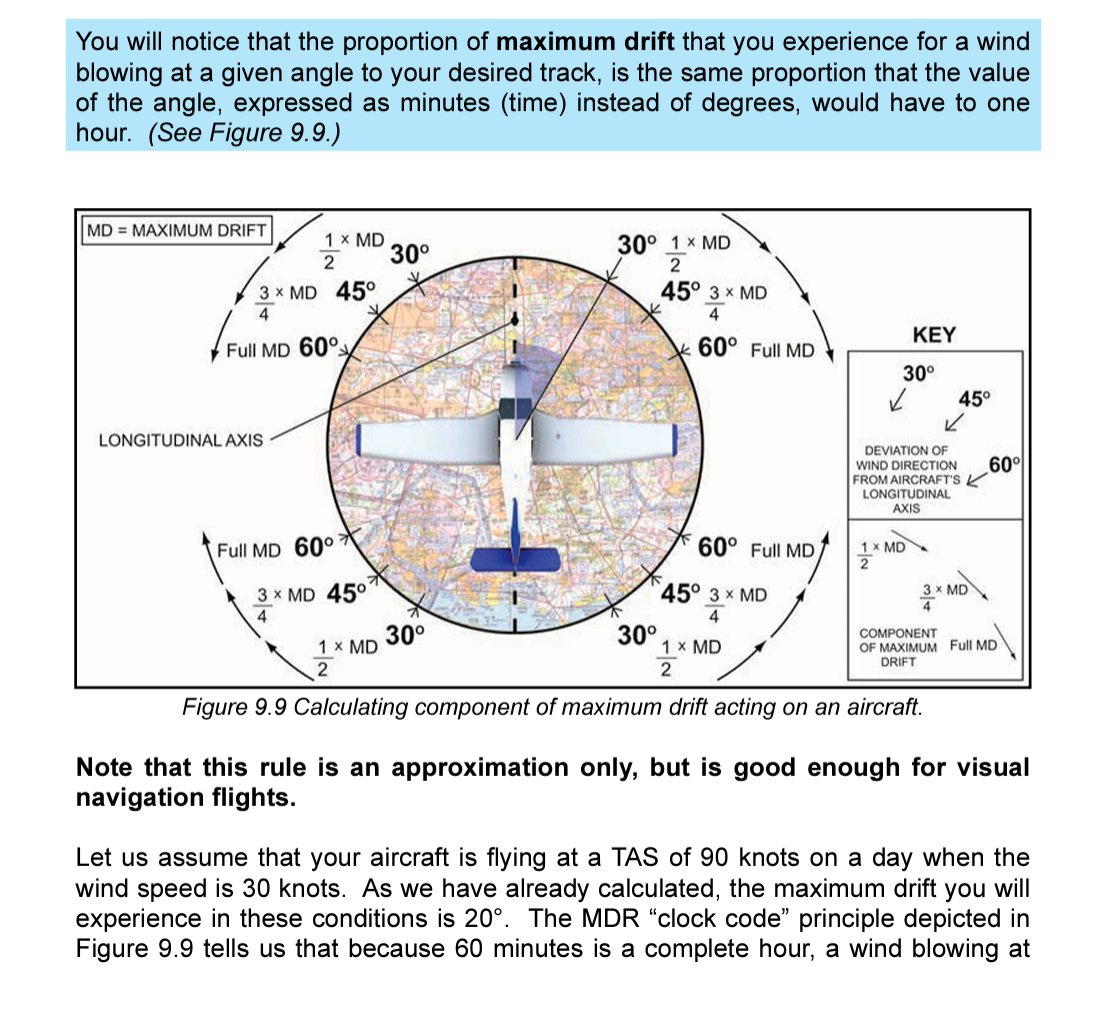I earned my PPL at Stapleford Aerodrome in Essex and it is still my home field. I like the place. It's always filled with pilots, want-to-be pilots and instructors; this makes it a good place to hang out, critique landings and chat about aviation. The only thing pilots like to do more than flying is talk about flying so if you ever need an update on what "those idiots at the CAA" are doing or the proper spark-plugs to use in your Mooney M-18C Mite, a small airfield cafe is the place for you.
Apart from official ratings, PPL, CPL, ATPL, etc., Stapleford offers a variety of customised tuition designed for pilots who want to push beyond standard training and learn more advanced techniques. I took one such course, the PPL+, and wrote about it for the club newsletter. They had to cut a bit for space but here is the full-length version:
We were somewhere around Abberton Reservoir, climbing through 4,000’ when I began to wonder if this was such a good idea. When I signed up for the PPL+ course I knew that the last hour would be spin training but I had tucked that bit of information into the part of my brain reserved for remembering distant aunt’s birthdays and train schedules.
At 70 hours past my PPL I started to get restless. I’d visited nearly every airfield within easy reach of EGSG, plus a few in France but I was beginning to feel that hours flown did not directly correlate with experience gained. I wanted to push the envelope a bit and Stapleford’s PPL+ promised to provide just such an opportunity.
When I discovered that Roy Copperwaite was the course instructor, the deal was sealed. Roy and I have a history. I did my PA28, Arrow and Technam differences training with him as well as my Night Rating. During my PPL he was largely responsible for teaching me how to land without bouncing (repeatedly).
Any foolish notion on my part that the PPL+ was going to be a gentle review of what I’d already learned was quickly swept aside by Roy. After a few demos by him and some ham-fisted attempts on my part, I found myself coming in from a ridiculously high base on a glide approach with no flaps and side slipping down to a greaser.
A day and a bucketful of crosswind landings later it was out to Hanningfield for stalling. Standard stuff until the “plus” part of the course kicked in: 60-degree banking turns with the stick pulled back, surfing the stall warner all the way around a tight 360.
Advanced stalling complete, I was back in the classroom for a pre-flight briefing on the confusingly named “constant aspect PFLs” taught by the RAF. Trying to learn constant aspect PFLs in ground-school is like being taught about girls from an anatomy textbook. In both endeavours, experience is everything. Fortunately the PPL+ provides for plenty of practice (with PFLs, not girls). Roy took great pleasure in randomly pulling the throttle back, smiling and saying, “Your engine just went ‘bang’, land in the field beneath us.” Sadistic instructors aside, once you get the hang of it you wonder why they would bother teaching anything else.
For “upset training” I was handed off to aerobatics instructor Tony Glover and it was with him that I found myself levelling off over Abberton, cinched up tight in a five-point harness and questioning all my life decisions up to that point.
“What people find frightening about aerobatics,” Tony said as we finished our HASELL checks, “is that they think the plane behaves randomly. It doesn’t. When handled correctly, it’s completely predictable.”
With that, he flipped us into a spin. The sky vanished, replaced by green fields, then sky, then fields. Tony’s recovery was smooth and precise.
My turn. Nothing you read in a book can prepare you for the first time you take control of an aircraft and deliberately put her into a spin. It’s not violent or frightening, just very, very, abrupt. I counted two rotations then pushed full opposite rudder, stick forward, spin stopped, wings level, eased the nose up, dragging blood down from my head; straight and level again but 1,700’ closer to the ground.
Four times around and some steep turns later it was time to head back. I would have quite happily spun the rest of the day away. Apart from the unreservedly brilliant feeling of twirling a plane around in the sky, the Firefly is simply a beautiful aircraft to fly. 260 horsepower of pure, bright yellow joy.
Later, in the clubhouse, an instructor said to me, “You’ve been up in the Firefly haven’t you?” I asked him how he knew. “You’ve got the post-spinning smile.” There you have it: pushed out of my comfort zone, made to work harder to fly better and still smiling over a post-flight cup of tea, that was the PPL+ course for me.

